Table of Contents
- Introduction
- What is a Glass Bridge?
- Rajgir Glass Bridge (Bihar)
- Pelling Skywalk (Sikkim)
- Atal Glass Bridge (Gujarat)
- Maharashtra Glass Skywalk (Chikhaldara)
- The Multi-Faceted Benefits of Glass Bridges in India
- Conclusion
- Faq's
Introduction
India is embracing architectural innovation with stunning glass bridges that offer thrilling experiences to adventure seekers. These transparent glass bridges, also known as glass skywalks, are engineering marvels that combine safety with spectacular views, attracting thousands of tourists annually. The concept of glass bridges has gained immense popularity worldwide, with India joining the trend by constructing several remarkable structures across different states. These architectural wonders use advanced tempered glass bridge technology, ensuring visitor safety while providing an unparalleled experience of walking on air.
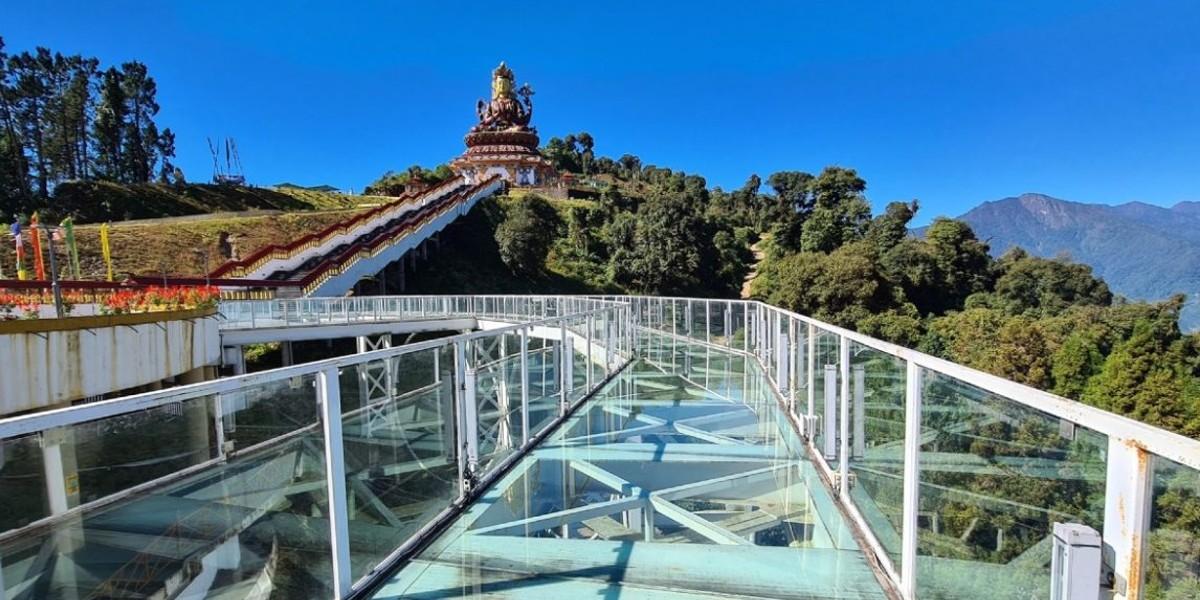 Glass Bridge In India
Glass Bridge In India
What is a Glass Bridge?
- A glass bridge, also known as a glass skywalk bridge, is an architectural structure featuring transparent flooring made from multiple layers of tempered glass, allowing visitors to see directly beneath their feet while walking.
- These bridges typically use specialized tempered glass that's engineered to be several times stronger than regular glass, with multiple layers bonded together for maximum safety and durability.
- Each transparent glass bridge incorporates sophisticated engineering principles, including stress testing and weather resistance features.
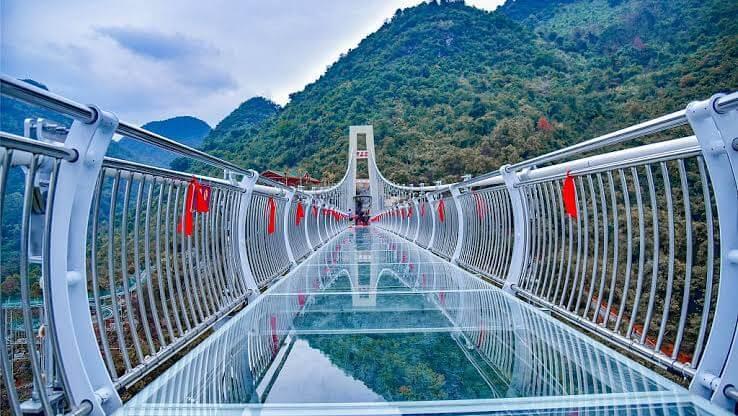 Glass Bridge Infrastructure
Glass Bridge Infrastructure
Rajgir Glass Bridge (Bihar)
Stretching 85 feet and suspended 250 feet above ground, this engineering marvel offers panoramic views of the Rajgir valley. The bridge features multi-layered tempered glass flooring and has become Bihar's premier tourist attraction, drawing over 1,000 visitors daily.
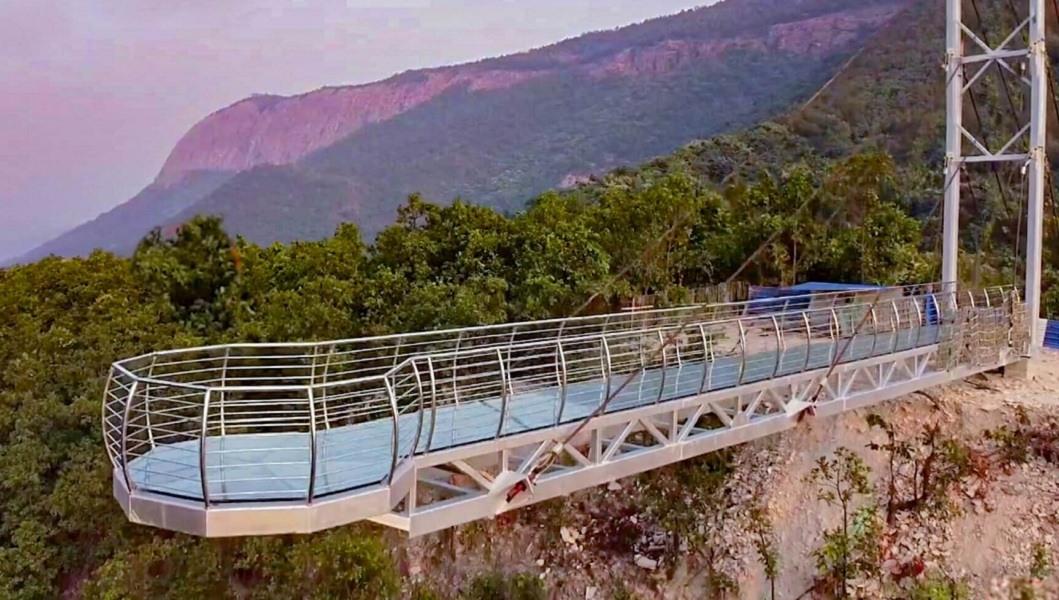 Rajgir Glass Bridge
Rajgir Glass Bridge
Pelling Skywalk (Sikkim)
Perched at an elevation of 7,200 feet, this glass skywalk bridge showcases breathtaking views of the Himalayas, including Kanchenjunga. The bridge combines traditional Sikkimese architecture with modern engineering and features a viewing deck with reinforced glass floors.
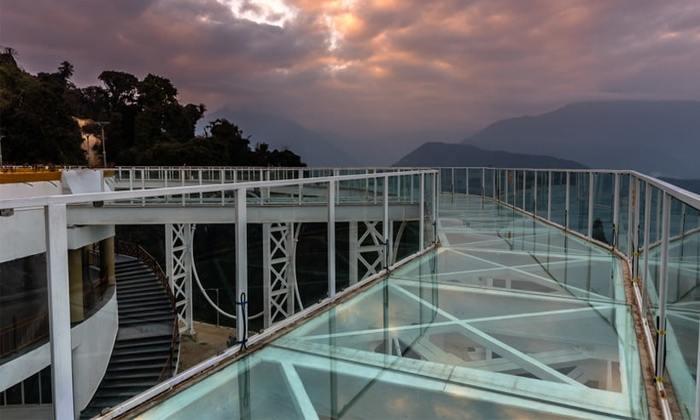 Pelling Skywalk
Pelling Skywalk
Atal Glass Bridge (Gujarat)
Located in Ahmedabad, this iconic glass bridge stretches over the Sabarmati River. The 300-meter bridge features a unique design with a glass viewing gallery and has become a popular evening destination due to its colorful LED lighting.
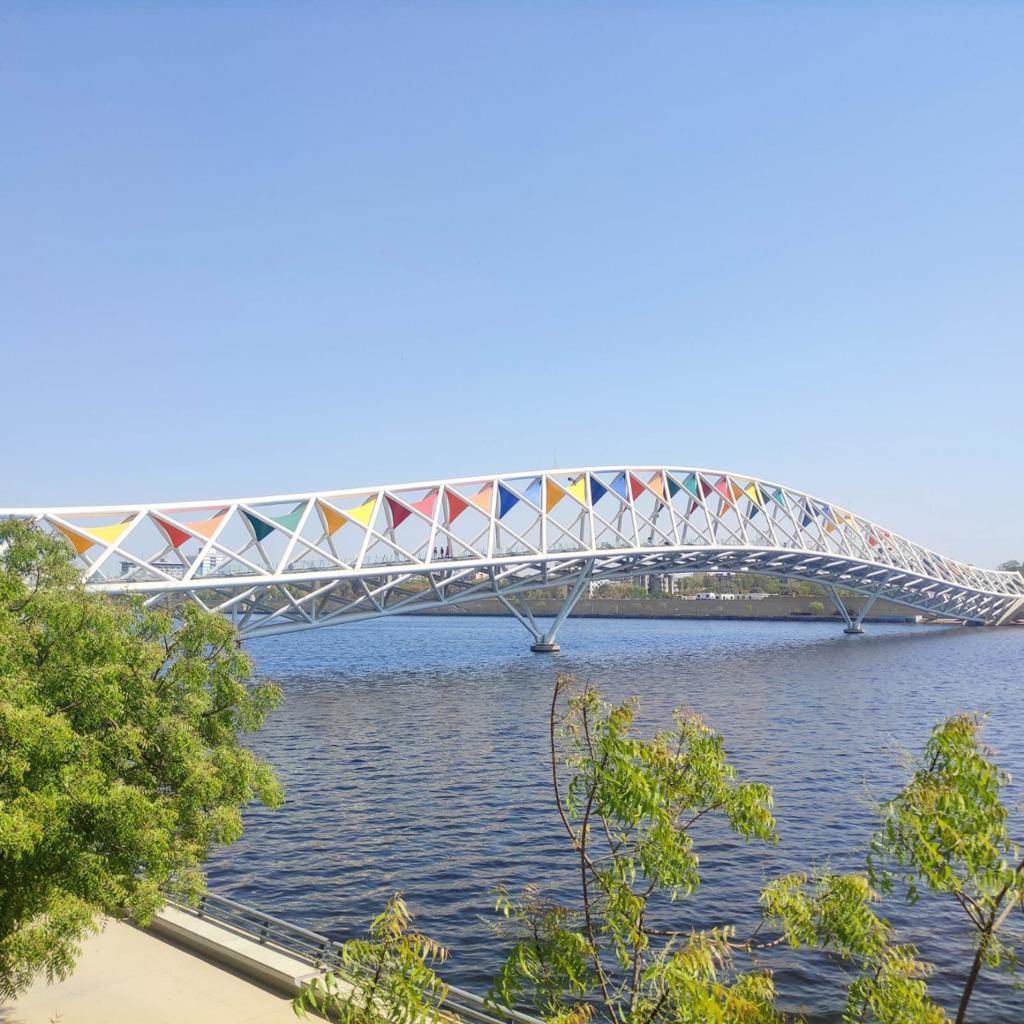 Atal Glass Bridge
Atal Glass Bridge
Maharashtra Glass Skywalk (Chikhaldara)
Set against the backdrop of the Western Ghats, this glass bridge provides visitors with spectacular views of the deep valleys below. The structure incorporates state-of-the-art safety features and lighting systems for evening visits.
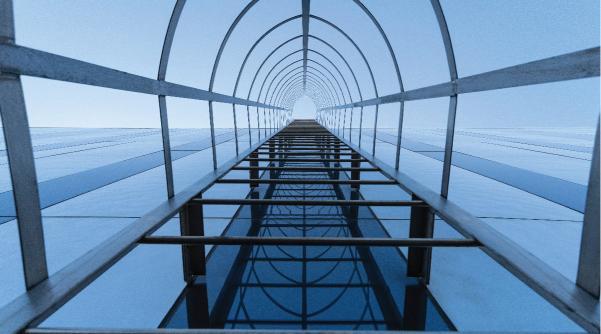 Maharashtra Glass Skywalk
Maharashtra Glass Skywalk
The Multi-Faceted Benefits of Glass Bridges in India
- Tourism Boost: Glass bridges and skywalks have transformed into major tourist magnets across India, attracting both domestic and international visitors. These transparent walkways create unique photo opportunities and social media-worthy moments, driving significant tourist footfall to previously lesser-known destinations.
- Architectural Innovation: India's glass bridges showcase the nation's advancement in modern construction techniques. Using cutting-edge engineering solutions and specialized tempered glass bridge technology, these structures demonstrate our capability to create world-class tourist attractions that meet international safety standards while pushing architectural boundaries.
- Economic Growth and Local Development:
- Creates direct employment opportunities for local communities through ticket counters, maintenance, and security staff
- Boosts indirect employment in nearby hotels, restaurants, and souvenir shops Increases revenue for state tourism departments through ticket sales
- Attracts private investment in surrounding areas for tourism infrastructure
- Enhances the overall development of the region with improved roads and facilities
-
Adventure Tourism Evolution:
- Meets the growing demand for unique adventure experiences among young travelers
- Provides controlled adrenaline-rushing activities suitable for all age groups
- Combines thrill-seeking with safety, making it accessible to regular tourists
- Creates new categories in India's adventure tourism portfolio
- Competes with international glass bridge attractions, positioning India on the global adventure tourism map
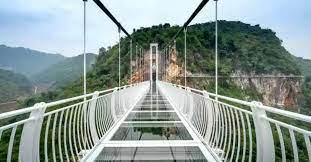 Glass Bridge in Visakhapatnam
Glass Bridge in Visakhapatnam
Conclusion
Glass bridges represent a revolutionary step in India's tourism infrastructure, seamlessly blending architectural innovation with unforgettable experiences. These transparent marvels are more than just tourist attractions - they are symbols of India's engineering prowess and commitment to modern tourism development. As states across India embrace this architectural trend, these glass skywalks are rapidly becoming iconic landmarks, offering unique vantage points to appreciate India's diverse landscapes. With their perfect balance of thrill, safety, and scenic beauty, glass bridges are set to reshape the future of experiential tourism in India, drawing visitors from around the globe while contributing significantly to local economies and tourism infrastructure development.







